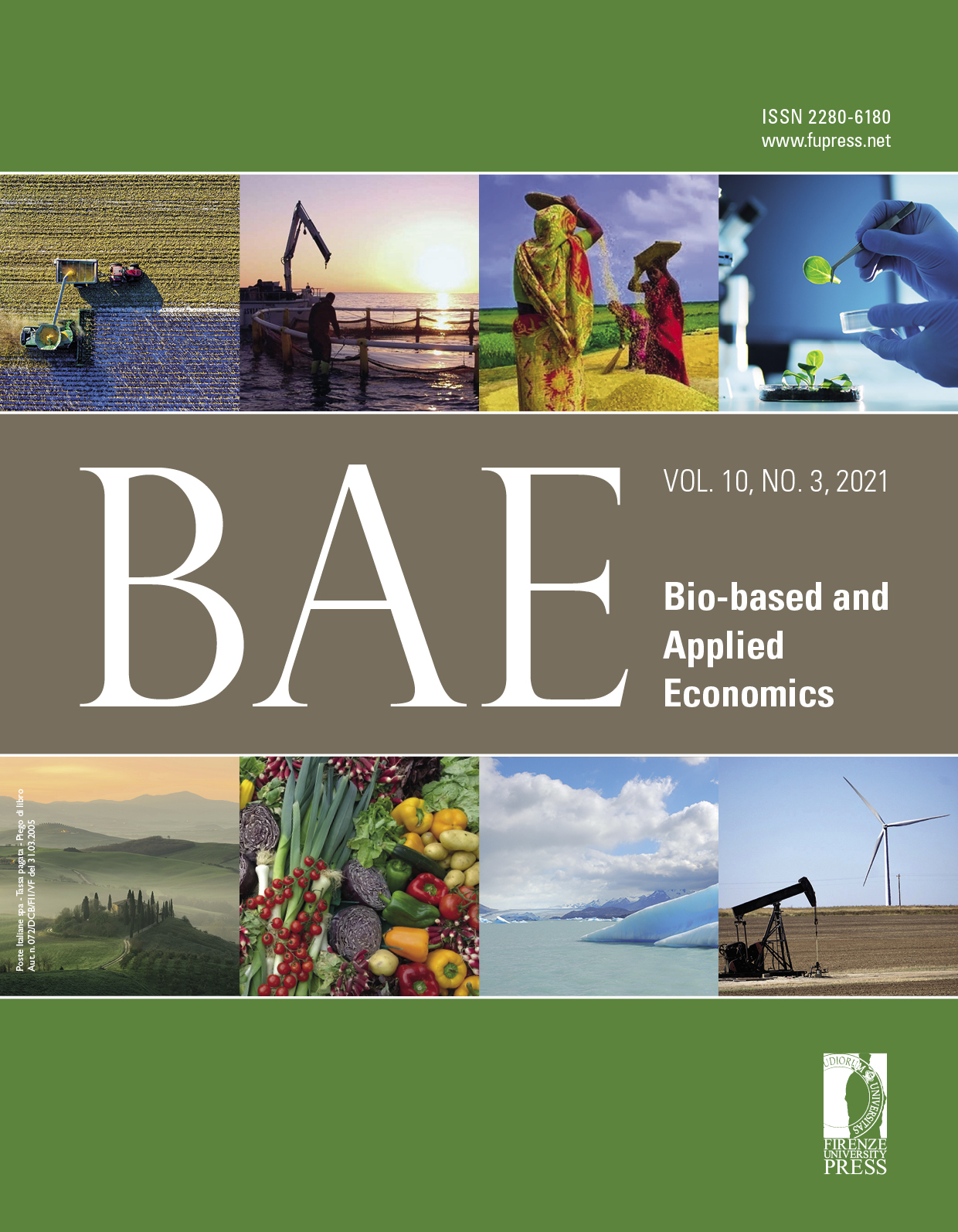The evolution of organic market between third-party certification and participatory guarantee systems
Published 2022-01-11
Keywords
- organic market,
- certification system,
- Participatory Guarantee Systems,
- Evolutionary Game
How to Cite
Abstract
Quality assurance is a dominant feature of organic production and, currently, third-party certification is recognized as the official authenticity assurance strategy by the majority of worldwide organic regulations. This model, however, is less accessible to smallholders because it is costly and its application time-consuming. Furthermore, this certification system has been accused on several fronts to be responsible for the standardization of the organic production process leading to a “conventionalization” of organic productions. Contextually, in several countries, groups of small producers have started to implement alternative quality assurance systems for their organic products, better known as Participatory Guarantee Systems. Research to date has not yet determined how these models can survive within a highly competitive market such as that of certification. In this framework, the paper aims to theoretically unveil and explain the alternative certification phenomenon and its coexistence with third-party certification by applying an evolutionary game (rationally bounded agents that adopt the more rewarding strategy). The results of simulations suggest that symbolic attributes such as localness, healthiness, quality, producers and consumers embeddedness can differentiate products guaranteed by alternative schemes, meeting consumers’ preference. The discussion of findings provides an assessment of the performance of both quality assurance systems, explain their coexistence within the organic market, identify critical aspects, and suggest some policy implications.







